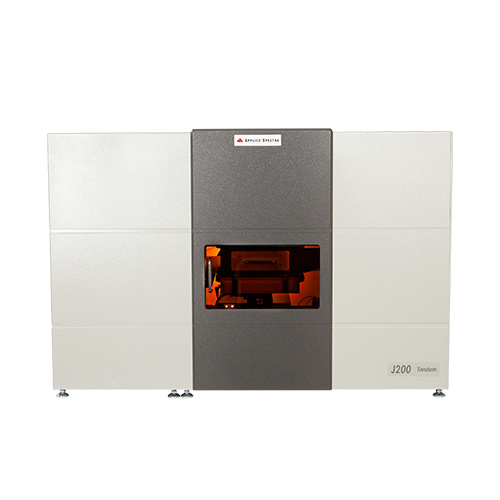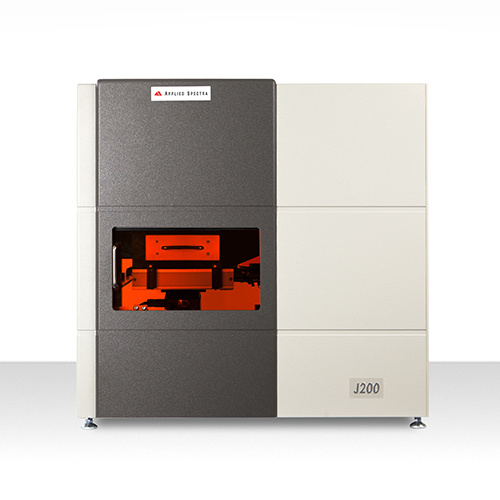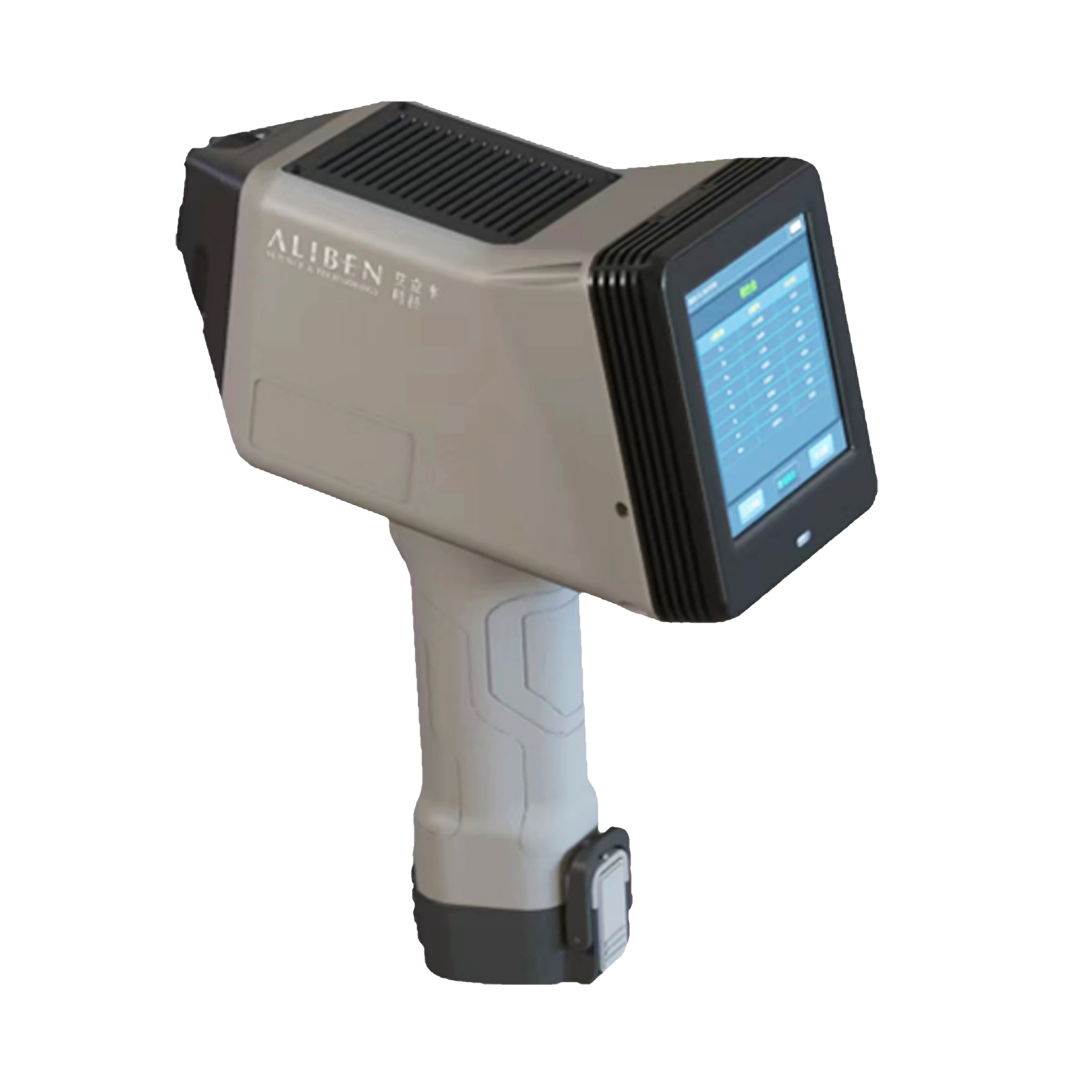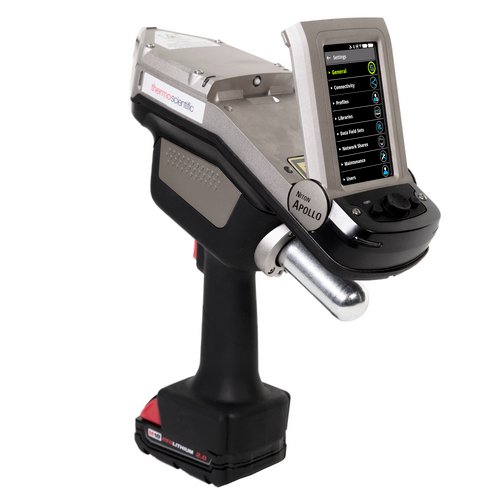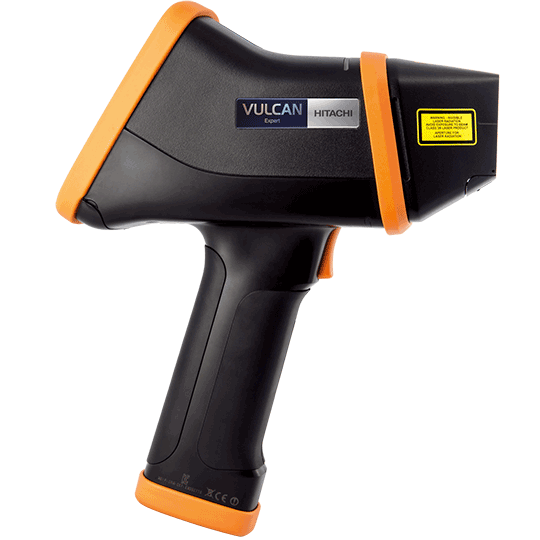方案详情
文
植物会从其环境(土壤、水、空气)中摄取元素,植物中必需元素或有毒元素的分布提供了金属吸收和积累的重要信息。植物结构(根、茎、叶、花)中这些元素的详细空间分析(2D和3D)可用于确定营养元素、必要元素、有毒元素对植物健康的潜在影响,甚至可以了解气候变化和环境污染等条件。
在本研究中,我们展示了如何使用Applied Spectra公司的J200 LA-LIBS复合系统在叶片样品的各个位置同时检测39K+、63Cu+、88Sr+、75As+、208Pb+、Ca、Mg、C、H、O。元素分布图显示叶片对Pb和As的吸收方式不同。
方案详情

Si C Na Li Hg Pb Analysis of Contaminated Plant Leaves UsingJ200 Tandem LA-LIBS Instrument Special Guest Author: Alison M. Bray, Ph.D., Texas Lutheran University, Department of ChemistryJhanis. J. Gonzalez and Charles Sisson Introduction Plants have the ability to extract elements from theirenvironment (soil, water, air); the distribution of essentialelements and/or toxic elements in plants provides criticalinformation on metal uptake and accumulation.Detailedspatial analysis (2D and 3D) of these elements within theplant structure (root, stem, leaf, and/or flower) can beused to determine available nutrient content,potentialhealth effects from essential and toxic elements, andeven environmental conditions like climate change andpollution. The J200 Tandem LA-LIBS Instrument from AppliedSpectra, Inc. provides the unique ability to measure allthe elements in a plant throughout its entire structureby combining the analyticallbenefits of LLA-ICP-MS The J200 Tandem LA-LIBS Instrument with anICP-MS expands the elemental coverage and thedynamic range of analysis from sub-ppb levelsto % levels, and measures every element on theperiodic chart in one instrument. (LaserAblation-Inductively C(oupledPlasma-MassSpectrometry) and LIBS (Laser Induced BreakdownSpectroscopy). LIBS is used for the analyses of majorelements and non-metals (such as H, N, O, andhalogens). When coupled with an ICP-MS, the J200Tandem LA-LIBS Instrument simultaneously measurestrace elemental and isotopic ratio compositions. Thisinstrument with an ICP-MS expandsthe elementalcoverage and the dynamic range of analysis from sub-ppb levels to % levels, and measures every element onthe periodic chart in one instrument. Using AppliedSpectra’sJ200TandemnILA-LIBSInstrument, in combination with our powerful dataanalysis software, makes acquiring elemental mapsseamless. The ability to perform analyses and generatedetailed elemental maps is demonstrated in this reportfor understanding elemental uptake and accumulationin plant leaves. Si C Analysis of Contaminated Plant Leaves Using the Applied SpectraJ200 Tandem LA- LIBS Instrument with an ICP-MSNa2 of 4LiHg Operating Parameters Applied Spectra Inc.'s J200 Tandem LA-LIBS Instrument 266 nm Nd:YAG laser (ns) and a broadband CCD detector Applied Spectra Axiom Software Flex'M sample chamber with helium or argon gas flow Sample: Plant leaf exposed to a Pb or As solution LIBS & LA-ICP-MS data analyzed and converted into images usingApplied Spectra's Data Analysis Software Analytik Jena Plasma Quant MS Elite · Time resolved"high sensitivity mode" detection · Peak hopping mode: 39K+, 63Cu+,75As+, 88Sr+, and 208Pb+ · Synchronized communication triggering with J200 Tandem LA-LIBS Instrument The laser beam samples individual locations on the plant leaf for analysis usingLIBS and ICP-MS simultaneously. Helium was used as the purge gas in the samplechamber. Sample Analysis The J200 Tandem LA-LIBS Instrument in combination with the Analytik JenaPlasma Quant Elite ICP-MS was used to analyze contaminated plant leafsamples. Figure 1 is a photograph showing the anatomy of the leaf. Thepetiole of this leaf was exposed to a solution that contained 500 ppm of Pbor As; the amount of exposure time was varied from 0 to 24 h. The leaf wasanalyzed using a 150 um laser spot size (spatial resolution). Smaller or largerspot sizes are available depending on the spatial resolution required by theuser. All leaves used in this study were from the same plant, with size of theleaves kept as constant as possible. 39K+, 63Cu+,88Sr+, and 75As+ or 208Pb+were chosen as the elements to monitorusing LA-ICP-MS. K, Cu, and Sr are naturally occurring elements, while Asand Pb were monitored to determine the extent of contamination in each Figure 1. Anatomy of atypical leaf. leaf. Figure 2 displays optical photographs (top) of the control leaf, 3 h Pb exposure leaf, and 12 h Pb exposure leafprior to analysis. Looking at the chemical image maps below each photograph, the control leaf showed no naturalPb accumulation; however, the leaves that were exposed to the Pb solution showed significant uptake of Pb. The Pbsolution was taken up by the leaf based on capillary action, and was mainly detected in the petiole, midrib, and veinregions. It could be expected that Pb would travel via cation pathways (possibly mimicking Ca²+) and these resultsshow that the naturally occurring elements K, Cu,and Sr were displaced during the uptake of the Pb. Figure 2. Photographs for the control, 3 h Pb exposure, & 12 h Pb exposureleaves. LA-ICP-MS elemental maps for Pb, K, Cu, and Sr isotopes obtained usingan ICP-MS combined with ASI’s J200 Tandem instrument. Figure 3. Photographs for the control, 6 h As exposure, & 24 h As exposureleaves. LA-ICP-MS elemental maps for As and K. LIBS elemental maps for Mgand Ca. The second experiment was an exposure of the plant leaves to As solution for varying time periods (up to 24 h).Figure 3 displays photographs and elemental image maps for the control, 6h exposure, and 24 h exposure leaves.The control leaf showed no natural abundance of As or prior exposure to As based on the elemental images in Fig. 3. The leaves that were exposed (6 h and 24 h) to As had contamination detected throughout the leaf structure. Arsenictravels in an unpredictable pathway as compared to the Pb. Uptake throughout the leaf suggests that arsenate[As(V)] follows the phosphate channel pathways. There was significant displacement of the naturally occurringelements (K, Mg, and Ca) with As similar to that measured in the Pb study. Applied Spectra,Inc.Telephone:+1510.657.767946665 Fremont Blvd.Sales Support:+1510.657.7679 x410APPLIEDSPECTRAFremont, CA 94538 Figure 4. Photographs for the control, 6 h As exposure, & 24 h As exposureleaves. LIBS elemental maps for C, H, and O.. LIBS also was used to measure two of the essentialelements (Ca and Mg) that are vital for plant life (Fig.3).The sensitivity for Ca is excellent for LIBS, but can below for ICP-MS since the main isotope for Ca is the mainisotope for Ar (40Ca and 40Ar). The Ca isotopes (42Ca, 43Ca,and 44Ca) that can be used for ICP-MS analysis, free ofinterferences, are ≤ 2.1% abundance. This is an excellentexample of how the LIBS and LA-ICP-MS complementeach other; simultaneous analysis of all elements in thesample, at each spatial location. Conclusion Combining LA-ICP-MS and LIBS using Applied Spectra’sJ200 Tandem LA-LIBS Instrument provides an innovativeand unique capability for simultaneously analyzing andmapping every element in a sample, with one instrument!No other instrument provides the analysis of H and O atthe same time as the heavy isotopes commonly measuredwith the ICP-MS. For this study, we showed how LIBS wasused to measure Ca, Mg, C, H, and O with As, Pb, K, Cu,and Sr simultaneously measured by LA-ICP-MS, at each spatial location in the leaf samples. Elemental maps showed that the uptake of Pb and As followed different pathwaysin the leaf. LIBS offered the added advantage of detecting the depletion of C, H, and O within the exposed leaf andcorrelating it to the accumulation of Pb or As. Simultaneous elemental mapping can be applied to any sample with the same level of success, including biologicaltissue, alloys, batteries, etc. The power of these measurements is analyzing every element within a sample at eachspatial location, made possible by the Tandem capability. The data analysis package offered by Applied Spectramakes data processing (LIBS and LA-ICP-MS) and the creation of elemental maps easy and efficient. Alison M. Bray, Ph.D., Texas Lutheran University, Department of Chemistry - Dr. Bray is an analytical geochemist at TLU inSeguin, Texas. She is currently funded by the U.S. Department of Agriculture-National Institute of Food and Agriculture for stud-ies on the uptake of arsenic by rice plants. Studies of plant tissue using LA-ICP-MS are complimentary to complete plant tissuedigests being utilized on contaminated rice, spinach, and kale samples being conducted by TLU students. APPLIEDSPECTRAwww.AppliedSpectra.comTransforming the way the world does chemistry Applied Spectra, Inc.Fremont Blvd.Fremont, CA elephone: +ales Support:+PPLIED SPECTRATransforming the way the world does chemistry 选取39K+、63Cu+、88Sr+、75As+和208Pb+作为LA-ICP-MS监测元素,选取Ca、Mg、C、H、O作为LIBS监测元素。K、Cu、Sr为自然存在元素,As、Pb为监测叶片污染程度。第二个实验是将植物叶片曝露于As溶液中不同时长 (最多24h)。图3显示了对照叶片、曝露6h和24h的叶片照片和元素分布图。根据图3中的元素分布图,对照叶片显示没有As的自然丰度。曝露于As(6h和24h)的整个叶片结构都检测到了As污染。与铅相比,砷以一种未知途径传输到整个叶片。整个叶片吸收As,表明砷酸盐[As(V)]遵循磷酸途径传输。自然存在的元素(K、Mg和Ca) 与Pb研究中相似,明显被置换。对于LIBS来说,Ca的灵敏度很好,但是对于ICP-MS来说,由于Ca 自然丰度高的同位素(96.9%)为40Ca,与40Ar 为同质异位素,所以Ca的灵敏度很低。可用于ICP-MS分析的Ca同位素(42Ca、43Ca、44Ca)丰度≤2.1%,无干扰。这是LIBS和LA-ICP-MS性能如何互补的一个很好的例子,同时分析样品中的所有元素。
确定

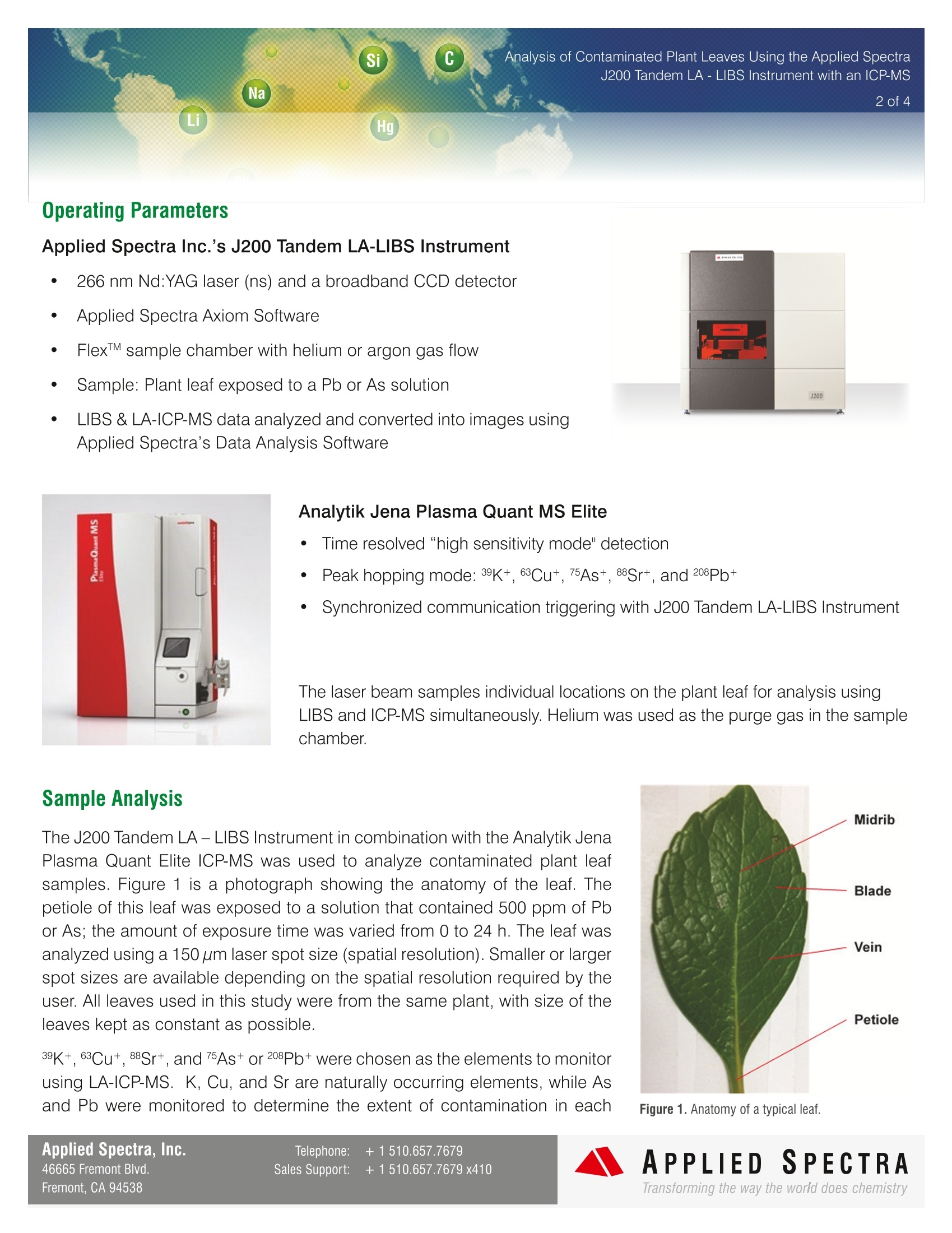


还剩2页未读,是否继续阅读?
北京富尔邦科技发展有限责任公司为您提供《植物叶片中重金属及营养元素检测方案(激光诱导击穿)》,该方案主要用于其他中生态检测,参考标准--,《植物叶片中重金属及营养元素检测方案(激光诱导击穿)》用到的仪器有美国ASI 激光剥蚀—激光诱导击穿光谱复合系统
推荐专场
相关方案
更多

